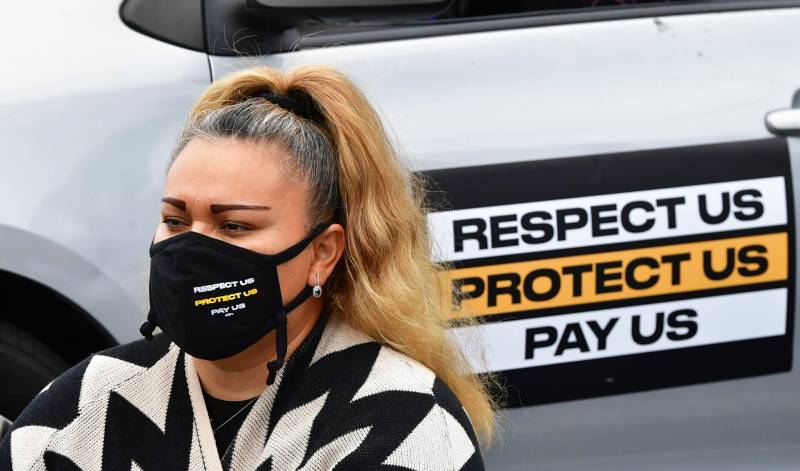Last summer, Imelda Arroyo and a co-worker at an Oakland fast food restaurant filed a complaint with the California agency in charge of enforcing health and safety regulations in the workplace. Colleagues had been diagnosed with COVID-19, but their boss hadn’t notified staff and had failed to ensure all employees and customers wore face masks, Arroyo said.
“I felt like they were putting us and customers at too great of a risk,” she said, in Spanish. “I was afraid. I knew that at any moment I could get sick at work, and get my family sick.”
The mother of three worried about bringing the coronavirus home to her kids and a diabetic sister with a higher risk of severe illness. Arroyo wanted state inspectors from Cal/OSHA to come investigate quickly and make her workplace safer.
But in the months that followed, her employers at the restaurant still failed to follow state rules to prevent exposure to the virus, and more co-workers got infected, she said.

